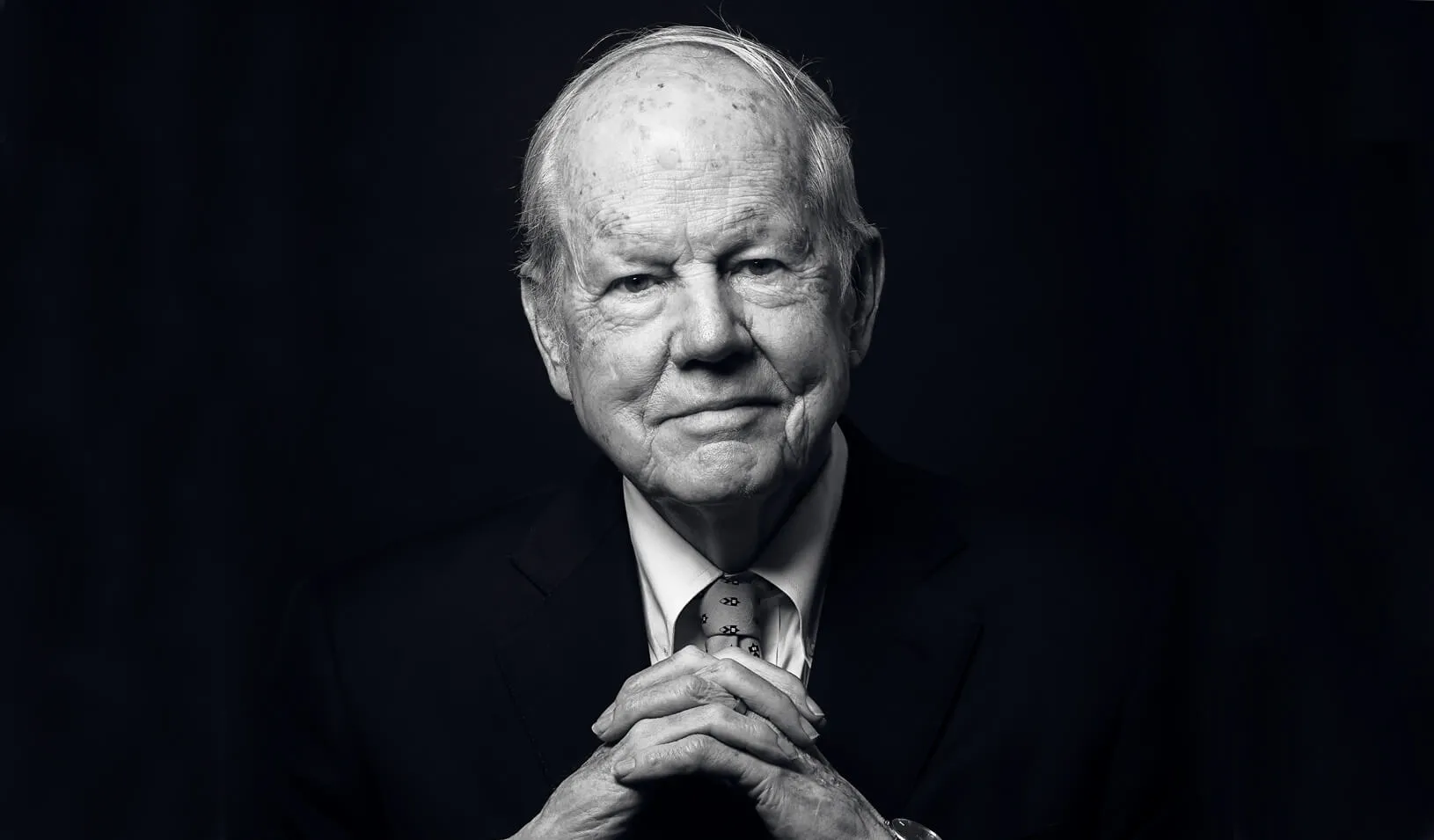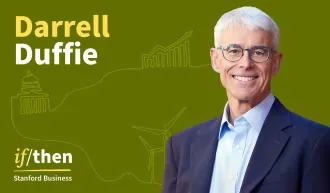How to Flunk Retirement and Thrive
A former marketing executive loves his unlikely third act as a prison-education reformer.
June 21, 2018

Jim Farrin | Photo by Sean Pressley
Jim Farrin has been saying since at least 2001 that he flunked retirement, and it’s hard to argue the claim. After leaving a warp-speed career in international sales and marketing in 1996, he soon began a post-career career as a business consultant, including a stint as CEO of a startup that made and distributed solar-powered water systems in developing countries.
During that same period, while battling colon cancer, he even embarked on a brief and not-especially-successful stint as an amateur stand-up comic, tried skydiving, and ran the New York City Marathon.
But Farrin’s most successful post-career “failure” may be his work as executive director of the Princeton, N.J.–based Petey Greene Program, which supplements education in correctional institutions by preparing volunteers — primarily college students — to provide free, quality tutoring and related programming to support the academic growth of the incarcerated. The program is named after Ralph Waldo “Petey” Greene Jr., a TV and radio talk show host and community activist who overcame drug addiction and a prison sentence to become a notable Washington, D.C.–area media personality.
A 2013 study by the New Jersey Department of Corrections concluded that inmates who participated in the program achieved “statistically significant improvements” in their math and reading levels compared with those who did not. The student inmates also had higher GED passing rates and improved self-esteem.
In 2017, AARP awarded Farrin its Purpose Prize for “outstanding work by people age 50 and over that is focused on advancing social good.” Farrin, now 82, earned his MBA from Stanford GSB in 1960.
The Petey Greene Program now includes 900 student volunteers from 27 colleges tutoring 3,000 individuals in 44 facilities.
How did you get involved with a program so different from your professional career?
I got a call from one of my undergrad classmates from Princeton. He asked me to run a program that sent college students into prisons for education. I told him it sounded really interesting but that I was too busy with my consulting business to get involved. But I became more and more convinced that God was calling me to do this. And once I saw the classroom jammed with people who wanted more information about the program, I realized it was a group in need. I think this is the number one civil rights issue for this century.
You’ve said providing education to the incarcerated is as critical as providing food, water, and air. Why do you believe that?
Because I’ve seen with my eyes the power of education. It can literally transform the people inside. If you went with me to one of our graduations, you couldn’t keep your eyes dry. When someone points to their mom in the audience and says, “I did it! I got a degree!” you can see how it transforms lives. A Rand study in 2014 showed that taking classes in prison drops the recidivism rate by 43%. That’s an amazing statistic, and I’ve seen so many cases of that.
Explain the “school-to-prison pipeline,” about which you’ve spoken in the past.
People who are in tough circumstances, particularly if they’re people of color, probably come from a household with only one parent. All the people they know around them are on the streets hustling and trying to make money. Drugs. Robbery. If they get caught doing that while they’re in a school somewhere, they go straight from school to prison. And once they’re in, two out of three of them recidivate. When they come out, they get dropped somewhere with a couple hundred dollars, but they have no job or skills, their family situation has changed, and they find themselves in a pipeline that goes right back in.
You’ve mentioned that some incarcerated students’ self-esteem is so damaged that they don’t believe someone would volunteer to help them. Tell us more about that.
The system is designed to keep them inside until it’s time for them to get out. When they start with a tutor, they often ask right away how much the tutor is being paid to help them. When they find out they’re volunteers, they’re just blown away. “You’re taking time to help me?” When we tell them we want to see them grow and learn so they’ll have a successful reentry, it bolsters them tremendously. Once they realize their course can be changed, then gradually they become more and more convinced they can be successful.
You hope that volunteering will inspire the program’s tutors to take on leadership roles in reimagining the criminal justice system. Do you have any specific examples of how the college volunteers are doing that?
Two of our four original volunteers got full scholarships at New York University in the criminal justice department. They’re planning to stay in the criminal justice space. Another is now with an organization working to expedite the cases of people charged with misdemeanors. So many of them, once they have the Petey Greene experience, want to stay in it because the need for change is so great. They can see the injustice of what should be a just system.
Did you learn anything about service at Stanford GSB that eventually pushed you toward the Petey Greene Program?
I can’t really say so, other than finding my wife there. She found God before me.
Did you incorporate this kind of service work into your professional career, or is this something you decided to pursue after retirement?
I wasn’t focused on giving during my business career, but now I see how powerful it can be. It’s also extremely humbling, and makes me think how lucky I was to go to Princeton and Stanford. It could have been me on the inside instead of them. I also always thought life should be in three chapters. The first chapter is education, the second is achievement, and the third is giving back. I was slow to get into giving back, but I’m in it now. I always tell people that if I live to 118, I’ll be able to finish the third chapter.
Does that kind of service have its own satisfactions?
Enormous ones. For example, at Princeton I had to hire a van to transport volunteers to and from the prisons. The driver who started with me has not missed a pickup in 10 years, either at a prison or the university. That’s the sort of dedication this cause inspires. My wife says she has the most unusual husband in the world because I’m working harder at 81 than I did when I was professionally employed. But it’s a labor of love, and I love this part of my career.
Is there a common denominator among people you know who also have been catalysts for social change?
A tremendous sense of purpose in what you’re doing. Once you get into something, you’re blown away by how great you feel about it. I recommend it to everyone I meet.
Any particular books or classes you recall from your GSB days that proved particularly influential in your business career?
I loved the sales management and marketing classes. They were instrumental for me in terms of commitment to the customer. That was certainly influential in getting me into marketing and sales.
What do you wish you’d known during your Stanford days that you know now?
I guess I would have slowed myself down a little bit. I didn’t need to go to nine countries in 17 years chasing my career while also raising five children. I could have gone at a slower pace. There are a lot of advantages to stability. It was a great run, but yeah, I think I’d tell myself to slow down.
For media inquiries, visit the Newsroom.
Explore More

Do First-Gen College Grads Face Bias in the Job Market?

Equity by Design: How Diversity Ignites Creativity



